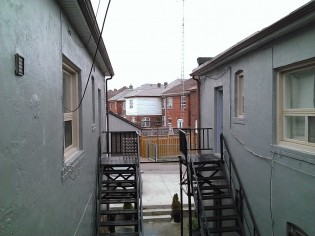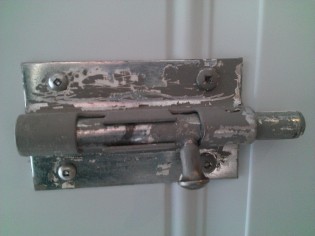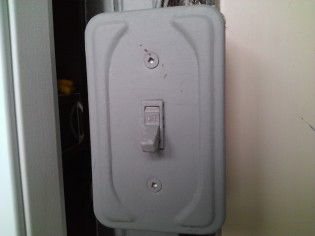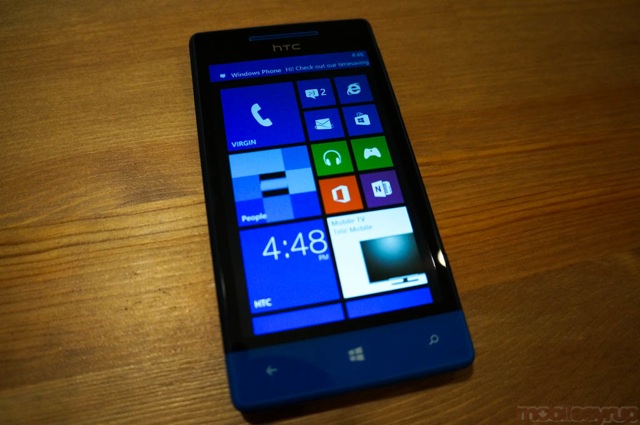

Virgin Mobile surprised us this week by announcing it would be the first carrier in North America to carry the entry-level Windows Phone 8S by HTC.
Coming in at a reasonable $279.99 outright, it’s an attractive and speedy Windows Phone 8 device with expandable storage and a great hand feel. While it doesn’t quite match the specs of its 8X brother, the 8S could end up being the more popular of the two devices as it takes the One V ethic and applies it to Windows Phone.
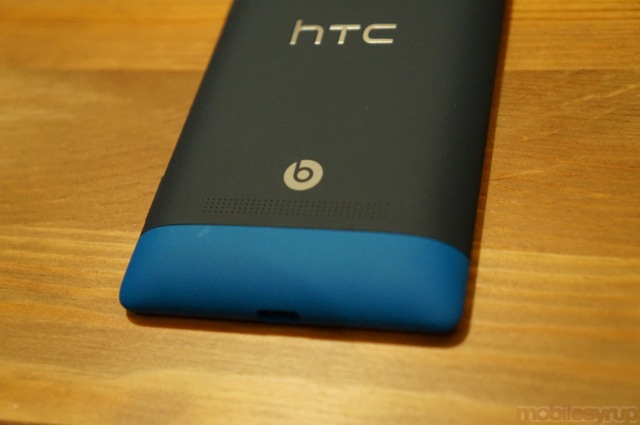
The Good
The Windows Phone 8S is an awfully cute smartphone. With a black-and-blue colour scheme, a relatively tiny form factor and an excellent matte polycarbonate finish throughout, it feels fantastic in the hand. At 113 grams and just over 10mm thick, it reminds of us a slightly more attractive Nexus S. I’m still a sucker for a good 4-inch device, and with a gorgeous WVGA Super LCD screen, I didn’t miss the 720p density of the 8X nearly as much as I thought.
First, the phone itself. It resembles the One V without the chin, which isn’t a bad thing, and I love the coloured strip that encircles the bottom of the phone. Like on the 8X, the various buttons are springy and flush with the phone, but due to the smaller size the top-right power button is easier to hit with your right index finger, especially if your hand is wrapped around the back of the 8S.
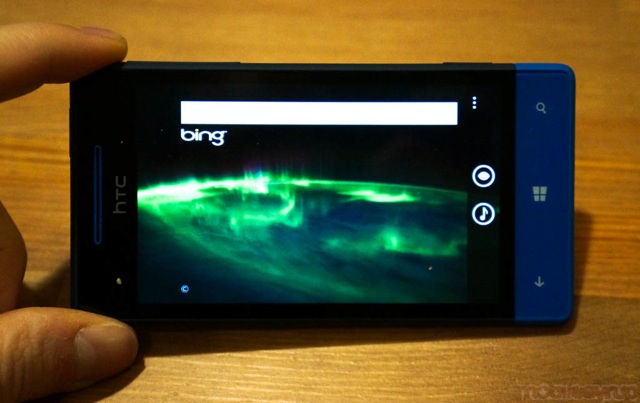
The phone’s 800×480 pixel Super LCD screen is sharp and bright, but pales in comparison to the clarity of the 4.3-inch 720p display on the more-expensive 8X. That being said, this is easily the best WVGA screen I’ve seen to date, and puts the eight month-old One V to shame. Blacks are deep, colours are rich, and vertical viewing angles are wide. Horizontal angles seem to grow pale and discoloured at around 45-degrees, but it’s a small criticism. The screen is also incredible responsive.
Then there’s the fact that most apps for Windows Phone have yet to be optimized for high-resolution screens. This is an accidental compliment, but at the moment many apps look and perform better on WVGA devices than on current flagships like the 8X and Lumia 920. This will change in the coming months, but I had a better experience launching and running apps such as Rowi and Facebook than I did with the others.
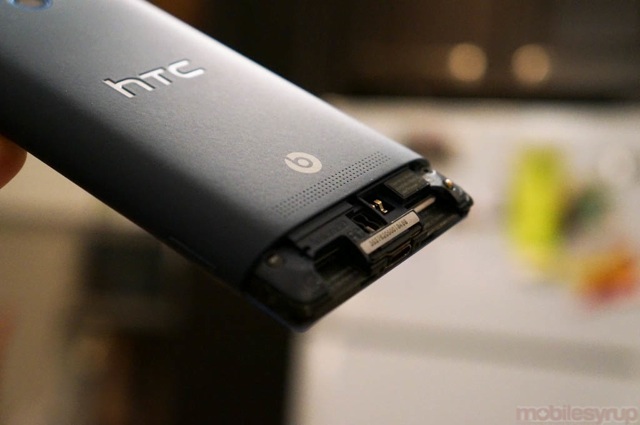
With a 1700mAh battery, the 8S lasted a full day and then some. Its 1Ghz dual-core processor is one of the most efficient chips Qualcomm makes, and this is the first time we’ve seen it in action. Combined with the power-sipping proclivities of Windows Phone 8, the 8S should be good for two days of moderate use. We had the same experience earlier this year with the former king of the Windows Phone entry-level, the Lumia 710, and the 8S takes that longevity to a new level.
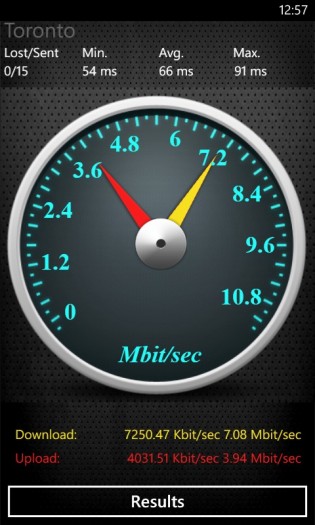
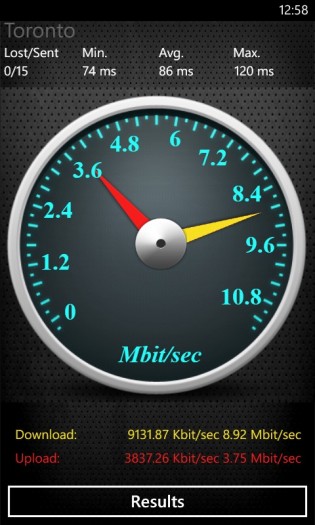
If you’re worried about the 8S’ lack of LTE capabilities, don’t. This is one of the fastest HSPA+ devices I have used as it supports Bell’s dual-cell HSPA+ network up to 42Mbps. During speed tests I was consistently able to peak above 10Mbps down and 3Mbps up, though the average was around 7Mbps down and 2.5Mbps up. In the real world this is plenty fast enough, and certainly the quickest we’ve seen a sub-$300 device perform.
That goes for the processor, too: we’re in a new age of high-performing low-cost SoCs, and the Krait-based Qualcomm Snapdragon S4 chip inside the Windows Phone 8S is far quicker than what we saw not only in the HTC One V, but in the last generation of Windows Phone 7.5 devices.
And how does it perform as a phone? Well, the screen may be small but the keyboard works wonderfully for texting and emails, and the headpiece is clear and sharp when making calls.
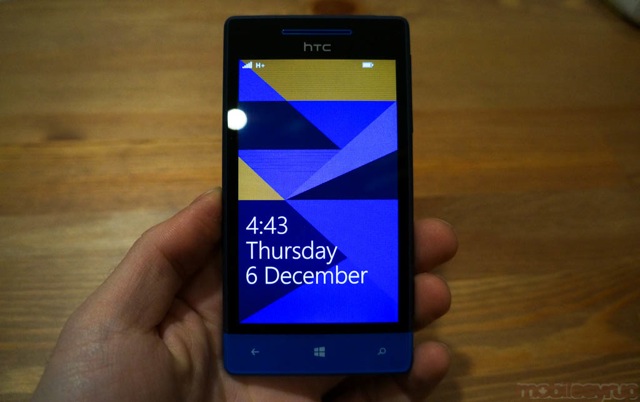
Needs Improvement
HTC’s 8S doesn’t share the same 8MP camera sensor as its 8X sibling, and it lacks entirely the front-facing camera that has become standard in Windows Phone 8 devices. While the camera takes photos of adequate quality, it really is disappointing that HTC couldn’t find a lower-cost camera module that improved things for the entry-level crowd.
Photos retain the soft, grainy and generally unremarkable “phoneness” of yesteryear, which in today’s world just doesn’t cut it. The 8S can be forgiven for its faults due to its price, and with no direct competition from the Lumia 820 in Canada it’s hard to say how much improvement there could be, but it’s still a sore spot for potential buyers.
You’re also on your own for internal storage; the 8S arrives with a paltry 1.5GB of free space. Though the box claims that there is 4GB of usable storage, nearly half of it is taken by the operating system itself, and another 500MB is used by pre-installed apps. This makes it necessary to purchase a microSD card, a small investment perhaps, but one you must make to keep the phone running in the long-term.
Bell, Virgin Mobile’s parent company, pre-installs only one app, and it’s not a bad one. Mobile TV has gained a lot of traction since its launch in late 2010, and while the Windows Phone version lacks the bells and whistles — and HD content — of its iOS and Android counterparts, it’s a fine app for watching live- or on-demand television. The charge is still $5 for 10 hours of service, but Virgin is offering a 2-month-free promotion with new accounts.
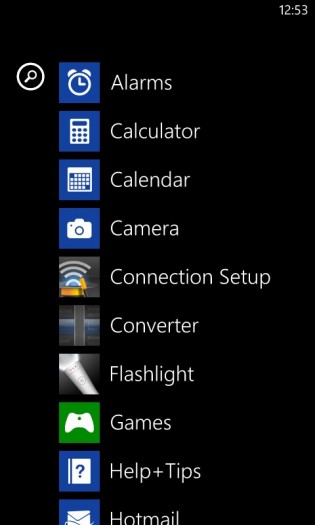
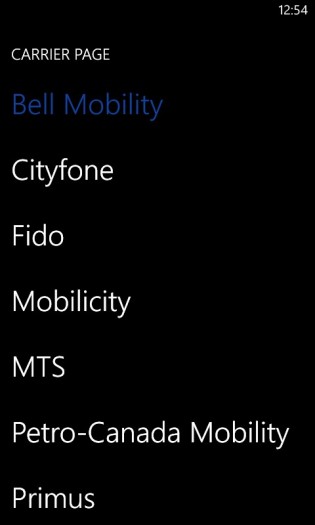
The rest of the HTC bloat isn’t bad, per se, but it falls short of Nokia’s first-party software. Apps like Photo Enhancer, Flashlight and Converter find a place beside “Make More Space,” an app that presumably junks unwanted files on the phone, and “Connection Setup,” a handy guide for altering the APN information for Canadian carriers. This is an interesting include, as it provides pre-populated information for every Canadian carrier. Since this phone would likely work on AWS carriers such as WIND and Mobilicity, I can see it becoming popular in the prepaid market.
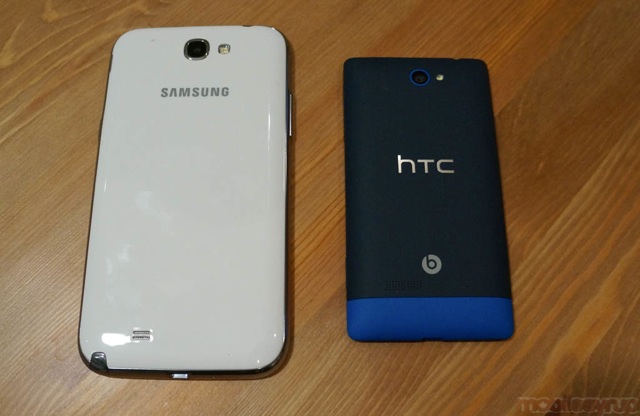
The 8S sports Beats Audio, but lacks the powerful headphone amplifier of its 8X sibling. And while its memory is expandable, it’s disappointing to see HTC unable to make the battery removable, too. Again, we don’t have the Lumia 820 to compare it to, but Nokia seems to be making its entry-level WP8 device more future-proof, with optional wireless charging, a removable battery, a better back camera, a front-facing camera and a larger screen.
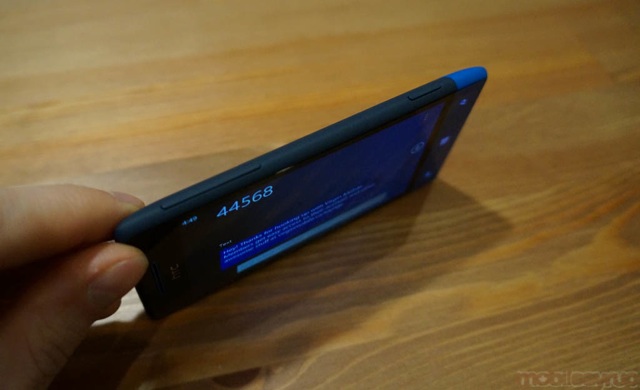
The Sum
The Windows Phone 8S by HTC makes a number of compromises to reach its sub-$300 price point, but none of them detract from the fact that it’s a gorgeous, highly modern-looking device. Its size is one of its most attractive aspects, but it’s still able to perform as well or better than some of the more expensive WP8 devices on the market.
What it lacks in specs it makes up for in versatility, and I have no doubt that the 8S will find a cushy spot in the prepaid Canadian market. Considering the Windows Phone 8X is being heavily discounted by both Rogers and Bell at the moment, I’d be hesitant to suggest signing a contract for the 8S, but if it’s a sleek, well-made Windows Phone you want, and may have plans to upgrade in the next year or so, the 8S is by far your best bet.
MobileSyrup may earn a commission from purchases made via our links, which helps fund the journalism we provide free on our website. These links do not influence our editorial content. Support us here.


